Understanding Back Pain
It is one of the common conditions that affects many individuals. The condition involves the occurrence of discomfort or pain in the back, which may be a dull ache or sharp pain.
Understanding back pain plays a great role in appreciating its impact and appropriate treatments. For instance, knowing the causes and symptoms enables one to seek an early intervention and prevent chronic problems.
Effective management of back pain involves mainly identifying the cause, which may vary between muscular misalignments and disk problems, and applying relevant treatments such as cupping therapy for back pain and several others with the view to alleviating pain and restoring function.
Common Causes of Back Pain: What Cupping Can Help With
Back pain can arise from various physical, postural, or degenerative issues affecting the spine, muscles, or surrounding tissues. Understanding the root causes is key to choosing the right treatment approach and preventing long-term complications. In many of these cases, cupping therapy for back pain can help by relieving tension and stimulating blood flow.
- Herniated Discs: When the inner gel of a disc pushes through its outer layer, it can press on spinal nerves, causing pain or numbness.
- Poor Posture: Slouching or prolonged sitting with improper alignment can stress back muscles and the spinal column.
- Muscle Strain: Overuse, heavy lifting, or awkward movement can tear or overstretch muscles, leading to inflammation and pain.
- Sedentary Lifestyle: Lack of regular movement weakens back muscles and leads to stiffness, especially in the lower back.
- Degenerative Disc Disease: Age-related wear and tear reduces disc cushioning, often resulting in chronic lower back pain.
- Spinal Stenosis: The narrowing of spaces in the spine puts pressure on spinal nerves, causing discomfort or tingling.
- Cupping Therapy Insight: Many of these muscular or postural issues respond well to cupping therapy for back pain, which targets affected areas to reduce tightness and improve circulation.
Symptoms and Diagnosis of Back Pain
Recognising the symptoms of back pain early helps in preventing it from becoming chronic or disabling. From mild discomfort to severe, radiating pain, symptoms vary based on the cause. An accurate diagnosis allows for effective treatment, and in many cases, cupping therapy for back pain is used to support muscle relaxation and pain relief.
Symptoms of Back Pain:
- Persistent Pain: A constant ache in the lower back that may worsen with movement or inactivity.
- Stiffness: Limited ability to bend or twist, especially after waking or prolonged sitting.
- Muscle Spasms: Sudden tightness or cramping sensations in the back.
- Radiating Pain: Discomfort extending into the legs, especially in cases involving nerve compression.
- Tingling or Numbness: A sign of nerve involvement, often due to disc or spinal issues.
Diagnosis of Back Pain:
A physical examination is the first step to evaluate movement, flexibility, and pain points. Imaging tools like X-rays, MRIs, or CT scans are used when deeper issues are suspected. Once the diagnosis confirms muscular tension or soft tissue strain, cupping therapy for back pain may be advised to complement physiotherapy treatment.
How Back Pain Affects Daily Life & How Cupping Helps
Back pain affects not just your physical health but also your ability to engage in work, recreation, and even simple household tasks. If left untreated, it can significantly affect overall well-being. Fortunately, early intervention, including cupping therapy for back pain, can help restore mobility and improve daily function.
- Restricted Movement: Pain can limit bending, lifting, or walking, disrupting everyday routines.
- Task Difficulty: Activities like cleaning, driving, or carrying groceries become painful and tiring.
- Work Limitations: Desk jobs or physical labour become harder to manage due to discomfort or stiffness.
- Reduced Social Life: Persistent pain may prevent participation in social or recreational activities.
- Mental Health Effects: Chronic pain can contribute to stress, anxiety, and emotional burnout.
By addressing muscle tightness and improving circulation, cupping therapy for back pain helps restore functional independence and support a better quality of life.
What is Cupping Therapy?
Cupping therapy is a treatment where cups are placed on the skin to create suction. This suction promotes blood flow and helps relax tight muscles. It is used to relieve pain, including back pain, by addressing muscle tension and improving circulation.
For example, placing cups on the back can help alleviate discomfort from muscle strain. Knowing about cupping therapy for back pain is important as it offers an alternative approach to managing specific pain points, particularly where muscle tension is the root cause.
It can be integrated with other treatments, such as physiotherapy, to enhance recovery and support overall health.
Types of Cupping Therapy for Back Pain
Cupping therapy has many variations, which are often designed to address specific issues. Your physiotherapist will recommend the best type based on your medical history of your back pain.
Dry Cupping Therapy for Back Pain
In dry cupping, cups are applied to the skin without incising it to form suction. The suction encourages good blood flow, relaxes tight muscles, and so on. For dry cupping therapy for back pain, cups are applied over certain areas where there is muscle tension or discomfort.
For instance, if you have straining muscles in the lower back, dry cupping would relieve this pain by enhancing circulation and loosening up tight muscles.
Understanding dry cupping is crucial in the sense that it provides the world with a non-invasive alternative for the management of back pain and can be coupled with other treatments with a view to enhancing relief.
Wet Cupping (Hijama) for Back Pain
In dry cupping, cups are applied to the skin, creating suction without incisions. This promotes increased circulation and loosens tight muscles. In the case of back pain, dry cupping concentrates on specific locations where tension in the muscle or discomfort may be found.
For example, if you have straining in your lower back, dry cupping therapy for back pain can relieve this strain by improving circulation and reducing tightness in the muscles.
The treatment does not come without its benefits, especially because it becomes a non-invasive option for managing back pain and can be administered in conjunction with other methods to elicit greater relief.
Fire Cupping for Back Pain
Fire cupping involves heating the cups to generate suction. A briefly placed flame inside the cup creates a vacuum before placing it on the skin. As a result, it stimulates blood flow and relieves tension in the muscle.
Fire cupping is applied to areas relating to stiffness and discomfort caused by a backache. For instance, if you have a tight muscle in the upper back, then the fire cupping can fix it by making the blood vessels larger in diameter.
Understanding fire cupping gives a traditional method of pain relief that might be effective for some types of back pain.
Silicone Cupping for Back Pain
In this method, a therapist uses silicone cups to generate variable levels of suction that are ideal for more controlled therapy. Silicone cupping could, therefore, be applied to muscle tightness associated with back pain and further enhance blood flow.
For example, when some people experience knotted tightness in their lower back, this would help relieve tension, thereby gently releasing it and enhancing circulation. Knowing about silicone cupping therapy for back pain is important for people who are looking for a more flexible method of cupping that can be used comfortably and effectively for back pain.
Moving (Massage) Cupping Therapy for Back Pain
Moving or massage cupping involves sliding the cups over the skin while maintaining suction. This technique combines cupping with massage to target larger areas of muscle tension. For back pain, moving cupping can help address widespread muscle tightness and improve overall flexibility.
For example, if you have general muscle stiffness across the back, moving cupping can help by relaxing the muscles and enhancing circulation. Understanding moving cupping is important as it offers a dynamic approach to pain relief, combining the benefits of cupping with the effects of massage for more comprehensive treatment.
Flash Cupping for Back Pain
Flash cupping involves placing cups on the skin briefly before quickly removing them. This technique creates a rapid suction effect that stimulates the area and increases blood flow. For back pain, flash cupping targets specific muscle groups or areas of discomfort.
For example, if you have localised pain in the lower back, flash cupping can help by quickly improving circulation and reducing muscle tightness. This method provides a quick therapeutic effect and can be used as a complementary treatment to other pain management strategies.
Needle Cupping for Back Pain
Needle cupping is performed by applying cups to the skin after thin needles have been inserted into a treatment site. The aim is to use both the effect of cupping and acupuncture. In the case of back pain, it focuses on areas with tight and tender muscles; thereby, it could fully apply the needles to the specific points for appropriate stimulation while the suction from the cups takes effect.
For instance, if one has low back pain, the application of needle cupping therapy for back pain would promote all the benefits of increased blood flow and focus on the stimulation that acupuncture points can provide to that area, and would most likely be more effective in alleviating the low back pain.
Benefits of Cupping Therapy for Back Pain
The suction created by cupping therapy increases blood flow to the area of interest, which aids in reducing pain while promoting healing. For example, in the case of back muscle strain, improved circulation can accelerate recovery.
This treatment relaxes tightened muscles, relieving their pressure and releasing tension. For example, if one suffers from back stiffness, cupping therapy for back pain helps to ease such tightness and allow for greater mobility.
Increased Blood Circulation
Increased blood circulation from cupping therapy occurs as the suction pulls blood to the surface of the skin. This helps improve oxygen and nutrient delivery to the affected area.
For example, if you have lower back pain from muscle strain, the enhanced circulation can accelerate healing by bringing more blood flow to the injured muscles.
By promoting better blood flow, cupping therapy for back pain supports the body's natural healing processes and helps reduce pain and inflammation in the affected area.
Muscle Relaxation
Muscle relaxation through cupping therapy happens when the suction created by the cups helps release muscle tension. The negative pressure causes the muscles to expand and relax.
For example, if tightness in the upper back is causing discomfort, cupping can help by loosening the contracted muscles and reducing stiffness. This relaxation can improve comfort and flexibility, making it easier to move and perform daily activities.
Immediate Pain Relief
Immediate pain relief from cupping therapy for back pain occurs as the suction alleviates pressure and tension in the targeted area. The therapy often provides quick relief by reducing muscle tightness and improving blood flow.
For example, if you experience sharp pain in the lower back, cupping can offer rapid pain reduction by addressing the underlying muscle tension and promoting relaxation. This immediate effect helps to manage acute pain effectively and improve overall comfort.
Improved Mobility and Flexibility
Cupping therapy helps improve mobility and flexibility by relaxing tight muscles and boosting blood flow. By targeting stiff areas, cupping therapy for back pain can increase your range of motion.
For example, if back pain makes bending or twisting difficult, cupping can loosen those tight muscles and improve flexibility. This makes everyday movements and physical activities easier to manage.
Detoxification
Cupping therapy detoxifies the body through its suction action, which increases blood flow to muscles and tissues in order to clear metabolic waste products. It supposedly rids the body of toxins while decreasing inflammation.
If the pain in the back, for example, has to do with metabolic by-products accumulation at the muscular level, then cupping therapy for back pain helps to wash out those products and provides extra support to the body’s natural detoxification processes. That may be why it can help alleviate overall pain and enhance well-being.
Long-term Pain Management
In long-term management, the individual applies cupping therapy consistently so as to manage the chronic pain and ensure its reduction rather than apply the therapy once the pain has become active.
The management of pain through cupping is by the reduction of tension in the muscles, increased blood flow, and support of healing. If you have an issue with back pain, regular cupping sessions will keep your muscles relaxed with good circulation to reduce the frequency and intensity of back pain.
This continued approach supports control of pain in general and increases the quality of life.
Enhanced Healing of Scar Tissue and Adhesions
It improves blood flow and breaks down fibrous tissue, thus enhancing the healing of scar tissue and adhesions through cupping therapy. The suction created by the cups raises the skin and underlying tissues, loosening the skin's tightness and stiffness related to scar tissue.
For example, in the case of scar tissue in the back from any previous injury or surgical procedure, cupping therapy for back pain helps in loosening such tissue and increasing mobility.
During a treatment session, cupping will stimulate circulation and encourage the remodelling of collagen fibers, thereby making this method very efficient in improving flexibility and functionality in the affected area, hence supporting recovery in general.
Risks & Contraindications of Cupping for Back Pain
While cupping therapy for back pain is generally considered safe when performed by trained professionals, it's important to be aware of certain risks and contraindications. These factors ensure the therapy is appropriate and safe for your specific condition.
Key Risks of Cupping Therapy for Back Pain:
- Bruising and Discolouration: Red or purple circular marks are common and typically fade within 3 to 10 days.
- Minor Bleeding (in Wet Cupping): Wet cupping may involve small incisions that can cause mild bleeding and require sterile aftercare.
- Infection Risk: If proper hygiene is not maintained—especially during wet cupping—there is a potential for infection.
- Skin Sensitivity: Cupping over irritated, damaged, or infected skin (e.g., eczema, dermatitis, psoriasis) can worsen the condition or cause discomfort.
- Temporary Soreness or Fatigue: Mild muscle soreness may occur post-session, similar to after deep tissue work.
Medical Conditions and Contraindications:
- Bleeding Disorders: Individuals with haemophilia or those on blood thinners face higher bleeding risks and should avoid cupping.
- Active Infections or Chronic Illness: Those with skin infections, recent surgeries, or serious conditions like cancer, organ failure, or uncontrolled diabetes should consult a medical expert before starting cupping therapy.
- Pacemakers and Implants: Cupping techniques that use electrical suction or fire may interfere with electronic devices.
- Varicose Veins or Vascular Conditions: Avoid applying cups directly over weakened or bulging veins.
- Post-Surgical Sites: Areas with surgical incisions or recent scars should be avoided to prevent complications.
Special Considerations – Pregnancy and More:
- Pregnancy: Cupping is not recommended on the lower back or abdomen during pregnancy due to potential risks to both mother and baby.
- Recent Surgeries or Medical History: It is essential to inform your therapist about your full medical history, including surgeries, health conditions, or recent hospitalisations. This allows them to assess suitability and suggest safe alternatives if needed.
By discussing your complete health profile with your physiotherapist, you ensure cupping therapy for back pain is tailored to your condition, maximising its benefits while avoiding preventable risks.
Who Should Consider Cupping Therapy for Back Pain?
Cupping therapy is not a one-size-fits-all solution, but it can be highly beneficial for individuals experiencing certain types of musculoskeletal discomfort. If your back pain is muscular, tension-related, or chronic in nature, you may be a good candidate for cupping therapy for back pain as part of an integrated physiotherapy plan. Ideal Candidates for Cupping Therapy are:
- Athletes: Sports professionals often use cupping to reduce muscle stiffness, enhance recovery, and improve flexibility during training cycles.
- Elderly Individuals: Age-related stiffness or degenerative issues like spinal arthritis may benefit from gentle cupping to promote mobility and circulation.
- Chronic Pain Patients: Those with long-term conditions such as sciatica, myofascial pain syndrome, or postural strain often report relief with regular cupping therapy.
- Sedentary Professionals: People with desk jobs and poor posture may find cupping helpful for easing upper and lower back tension.
- Post-Injury Recovery Cases: Individuals healing from back strain or minor injuries can use cupping to relieve muscle tightness and support the rehab process.
When paired with strengthening exercises and manual physiotherapy, cupping therapy for back pain offers a powerful, drug-free solution to restore movement and manage discomfort.
How Cupping Therapy Works for Back Pain Relief
Cupping therapy for back pain uses controlled suction to lift the skin and underlying tissues, triggering several physiological responses that support healing and pain relief. Cups are placed on the back using methods such as fire, pump, or electrical suction, depending on the technique selected.
The suction draws blood to the surface of the skin, enhancing microcirculation in the affected area. This increased blood flow delivers oxygen and nutrients to stiff or damaged tissues while flushing out inflammatory toxins and metabolic waste. As circulation improves, it helps reduce swelling and supports the body’s natural repair mechanisms.
Additionally, cupping relieves trigger points—tight muscle knots that cause referred pain—by decompressing soft tissues and releasing fascial restrictions. This mechanical stretch also improves lymphatic drainage, reduces inflammation, and eases muscle tension, especially in the lower back.
For individuals experiencing pain from poor posture, disc strain, or muscle overuse, cupping therapy for back pain promotes relaxation, restores mobility, and improves tissue elasticity. When used as part of an integrated physiotherapy plan, it can accelerate recovery and provide lasting relief from chronic or acute back discomfort.
Preparing for Your Cupping Therapy for Back Pain Session
Proper preparation ensures a more effective and comfortable experience with cupping therapy for back pain. Follow these simple steps before your session:
- Wear loose, comfortable clothing: This allows easy access to your back and ensures you stay relaxed during the session.
- Keep your skin clean and dry: Avoid applying lotions, oils, or creams before treatment, as they can interfere with suction and hygiene.
- Hydrate well before your session: Staying hydrated supports blood flow and helps your body process released toxins more effectively.
- Discuss your symptoms with the therapist: Clearly explain where you feel pain, tension, or stiffness so the therapist can focus on those target areas.
- Share any medical history or recent changes: Inform your therapist about surgeries, medications, or health concerns that could impact your session's safety.
- Eat a light meal beforehand: Avoid heavy meals right before therapy to prevent discomfort while lying face down during the treatment.
- Arrive a few minutes early: This gives you time to settle in, complete any required forms, and begin your session calmly.
By following these steps, you help ensure that your cupping therapy for back pain is both safe and effective, maximising the benefits of the treatment.
What to Expect During a Cupping Therapy Back Pain Session
A typical cupping therapy for back pain session is designed to be safe, relaxing, and effective in reducing muscle tension and discomfort. Here’s what you can expect:
- Cup Placement: The therapist places cups along specific points on your back, often over areas of muscle tightness or pain. The number of cups may vary based on your condition.
- Suction & Duration: Suction is created using a pump or heat. The cups remain on the skin for about 5 to 15 minutes, depending on your tolerance and therapeutic goals.
- Treatment Frequency: Initially, sessions may be scheduled once or twice per week. This can change based on your response and recovery needs.
- Visible Marks: After the session, round red or purple marks may appear where the cups were placed. These are not painful and typically fade within 3 to 10 days.
- Comfort & Safety: The procedure is usually well-tolerated. Most patients feel mild pulling or pressure during the session, followed by a sense of relief or lightness in the treated area.
- Integration with Physiotherapy: At Physiotattva, cupping is often combined with exercises and manual therapy for long-term results in managing back pain.
Aftercare Tips Following Cupping for Back Pain
Following a cupping therapy for back pain session, it's important to follow specific aftercare guidelines to support healing and maximise benefits:
- Rest the treated area: Avoid heavy physical activity or strain for at least 24 hours after your session to allow the body to recover.
- Stay Hydrated: Drink plenty of water to help flush out toxins and support blood circulation post-treatment.
- Avoid extreme temperatures: Refrain from taking hot showers, steam baths, or exposing your skin to direct sun right after the session.
- Manage mild soreness or marks: It’s normal to experience slight soreness or bruising at the cup sites. These fade naturally within a few days.
- Use light moisturisers if needed: Apply aloe vera or gentle lotion to soothe the skin if there's dryness or irritation.
- Monitor your body’s response: If you feel unusually fatigued, dizzy, or unwell, inform your therapist for follow-up support.
By following these simple steps, you can ensure a smoother recovery and get the most out of your cupping therapy for back pain sessions at Physiotattva.
Choosing the Right Cupping Therapy Provider for Back Pain
Selecting a skilled and experienced provider is essential to ensure that cupping therapy for back pain is both safe and effective. A qualified therapist understands how to tailor the technique to relieve discomfort, improve mobility, and complement your physiotherapy goals. Especially if you're dealing with chronic or recurring back pain, the provider’s background in handling similar cases becomes even more critical.
At Physiotattva, our therapists are trained in evidence-based cupping techniques and have extensive experience in musculoskeletal care. By working with a knowledgeable practitioner, you increase the likelihood of receiving results-driven, personalised therapy that aligns with your recovery journey.
Key Factors When Choosing a Cupping Therapy Provider
Before starting cupping therapy for back pain, it’s important to evaluate your provider based on a few critical criteria to ensure safe and effective care.
- Clinical Experience with Back Pain: Choose a therapist with proven success in managing back pain cases. They should understand the underlying causes and how cupping interacts with the back musculature.
- Professional Certification & Training: Ensure your therapist is certified in cupping therapy and physiotherapy. Check credentials to confirm they’ve undergone formal training in safe and effective cupping practices.
- Reputation & Reviews: Research online reviews or ask for patient referrals. A provider with positive feedback and demonstrated results is more likely to deliver quality care.
- Treatment Personalisation: The therapist should take time to assess your condition, explain the cupping process, and adjust techniques based on your symptoms and comfort.
- Safety & Hygiene Standards: Confirm that the clinic follows strict hygiene protocols, especially if wet cupping is used. Tools should be sterilised and procedures clearly explained.
Questions to Ask Your Physiotherapist
Asking the right questions during your consultation can help you gauge the physiotherapist’s experience and ensure you’re comfortable with the treatment plan.
- How much experience do you have with cupping therapy for back pain specifically?
- What types of cupping techniques do you use, and which one would suit my condition?
- How many sessions will I need, and how soon can I expect results?
- Will cupping therapy be integrated with physiotherapy or other treatments?
- What precautions or aftercare steps should I follow post-session?
- How do you handle any side effects or discomfort after the session?
- Can you share success stories or results from patients with similar back issues?
Why Choose Physiotattva for Cupping Therapy for Back Pain?
At Physiotattva, we combine cupping therapy for back pain with evidence-based physiotherapy to deliver holistic and long-lasting relief. Our experienced therapists assess your condition thoroughly and tailor treatments to reduce pain, restore function, and improve quality of life.
What sets us apart is our integrated approach, addressing the root causes of back pain with personalised care plans. From manual therapy to therapeutic exercise and cupping, every intervention is chosen to support recovery and prevent recurrence. Trust Physiotattva for a well-rounded, expert-led treatment experience.
At Physiotattva physiotherapy clinics in Bangalore and Hyderabad, you receive personalised care tailored to your specific needs, ensuring effective results and comfort throughout your journey to recovery.
Don’t wait to start your recovery! Get in touch with Physiotattva for more details! Contact us at +91 89510 47001.




-Physiotherapy.webp)
-for-Shoulder-Pain-Relief.webp)
-for-Knee-Pain-Relief.webp)


-for-Back-Pain-Relief%20(1).webp)




.webp)











.webp)


.webp)
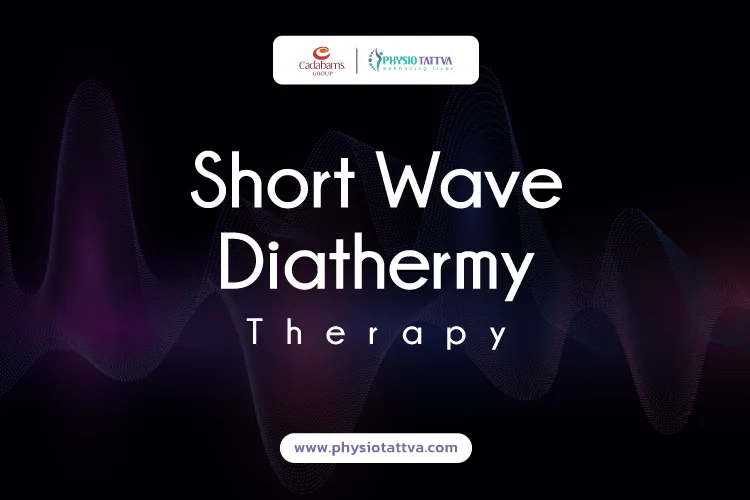
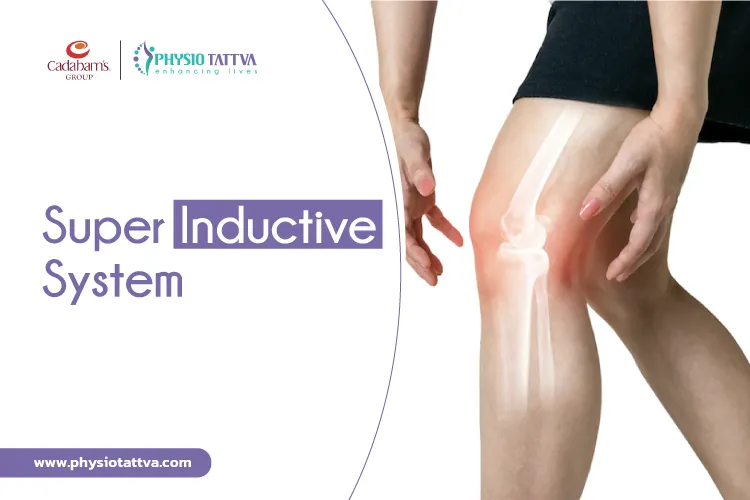



.webp)
.webp)


.webp)
.webp)

.webp)
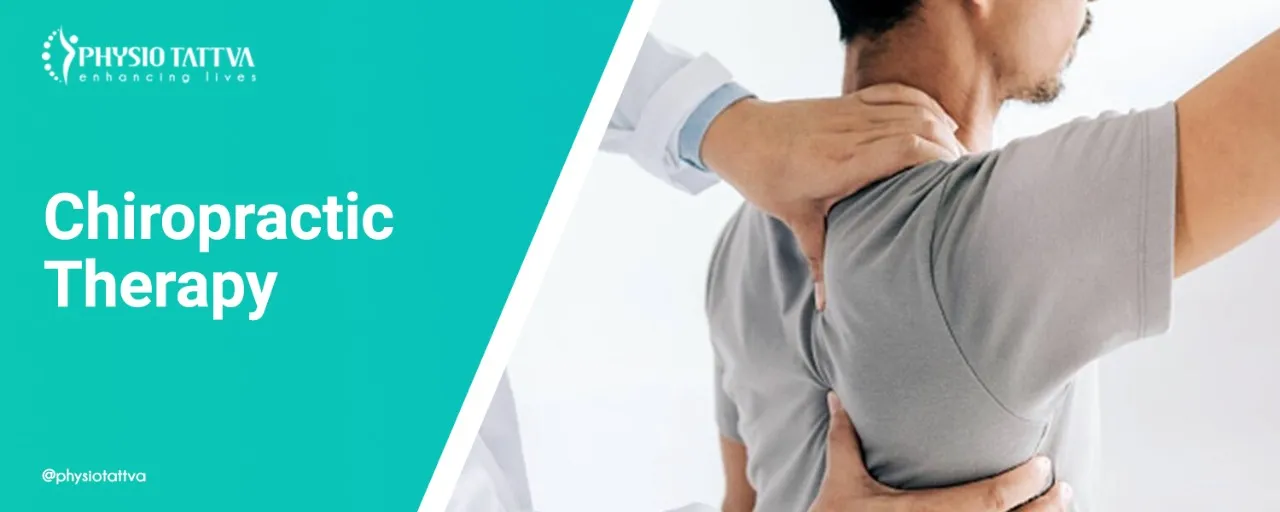
.webp)

.webp)
.webp)
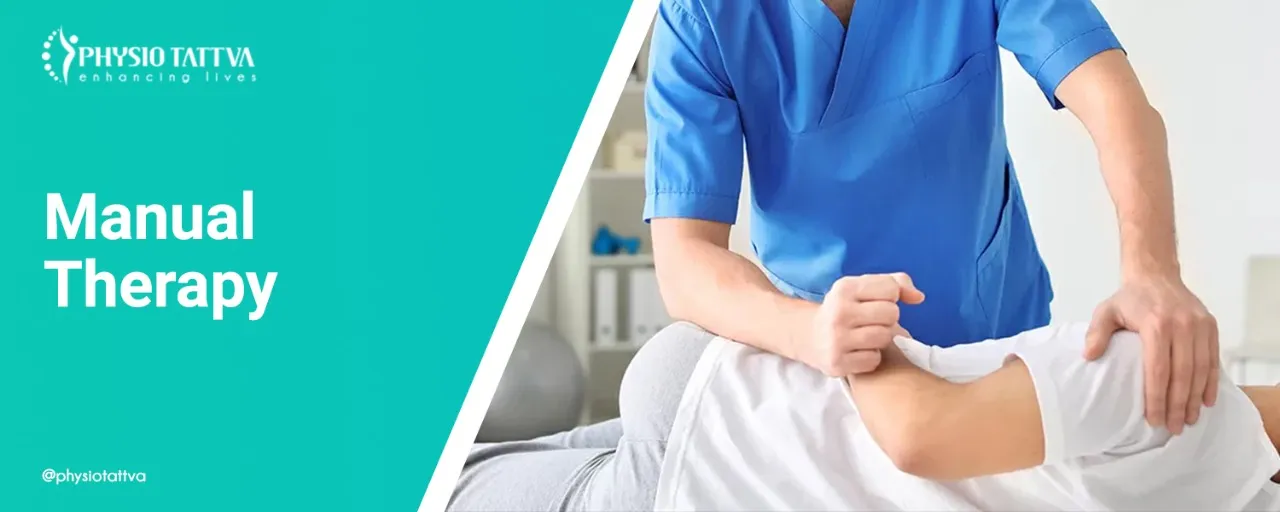
.webp)
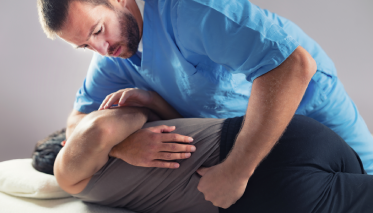

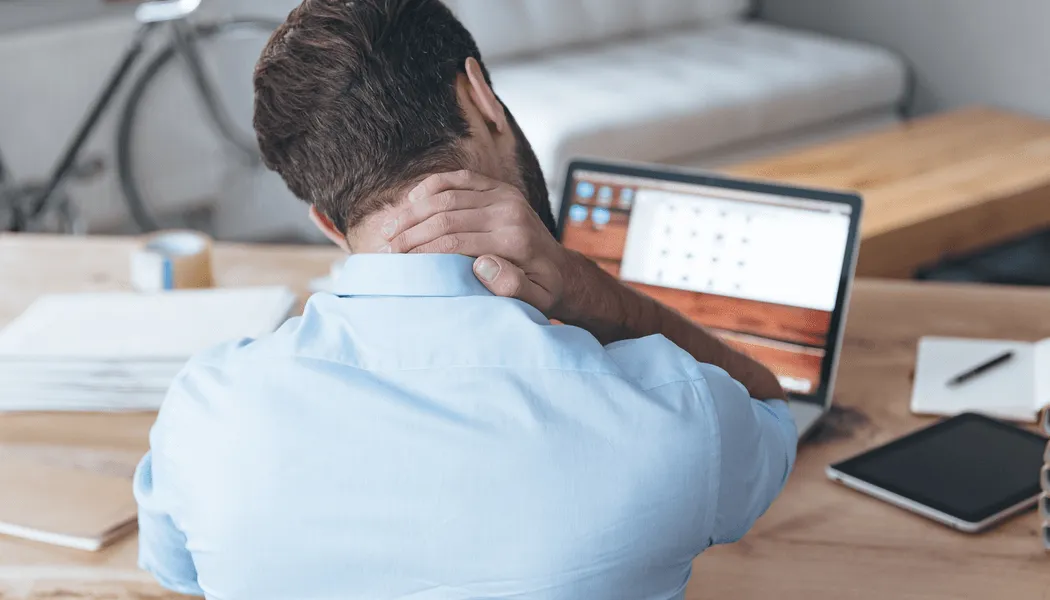





.webp)
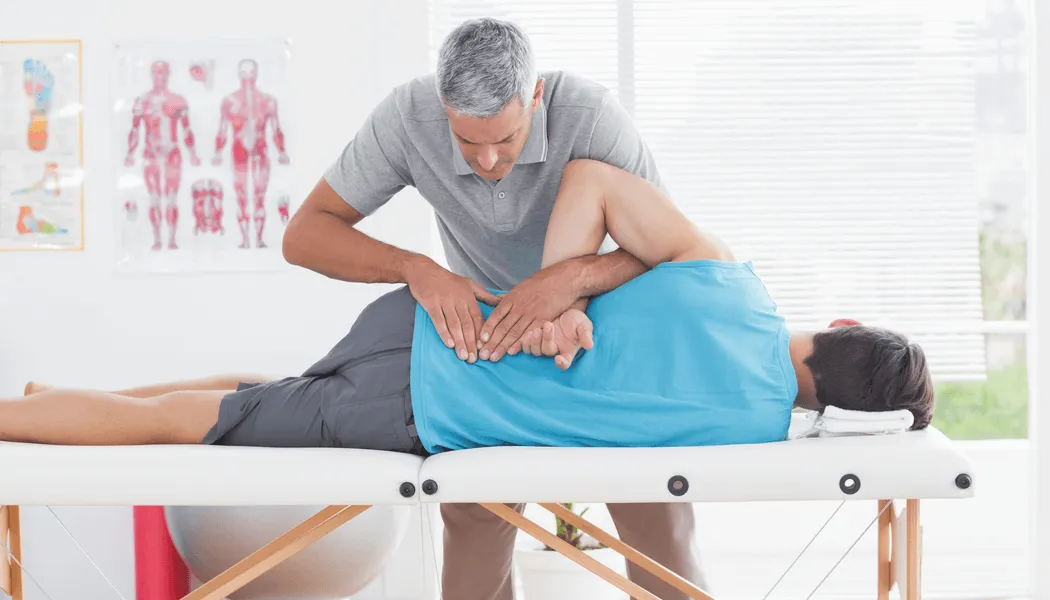

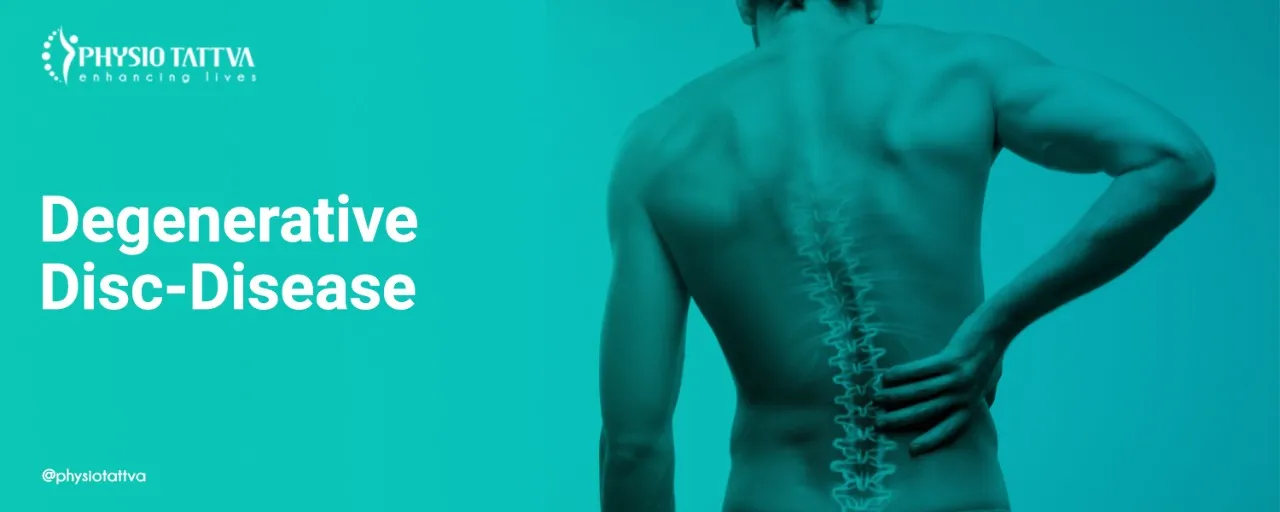

.jpeg)

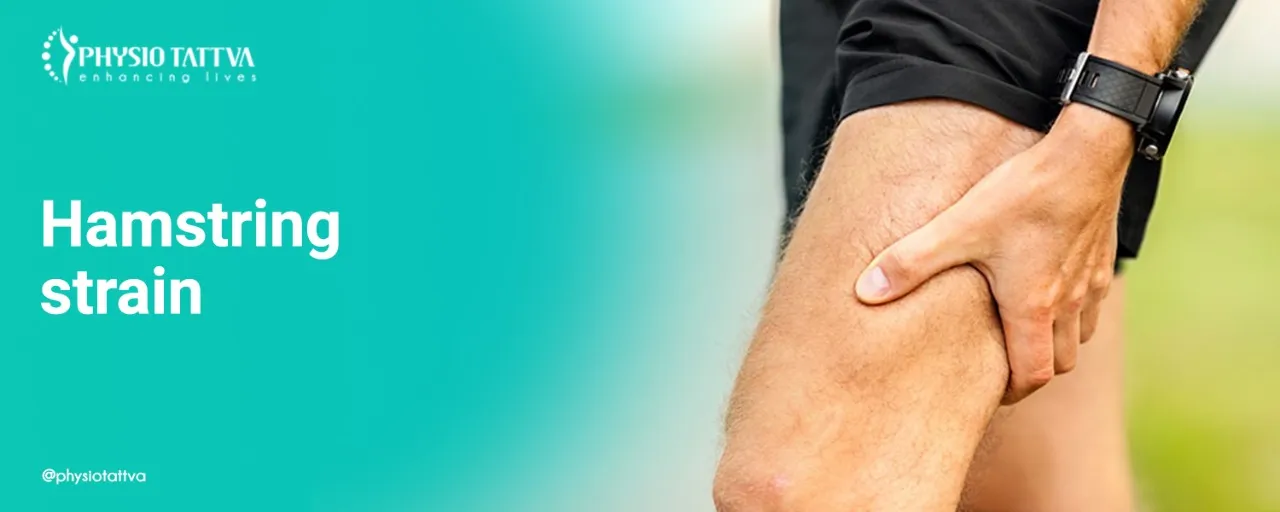

.webp)



.webp)
.webp)







.png)




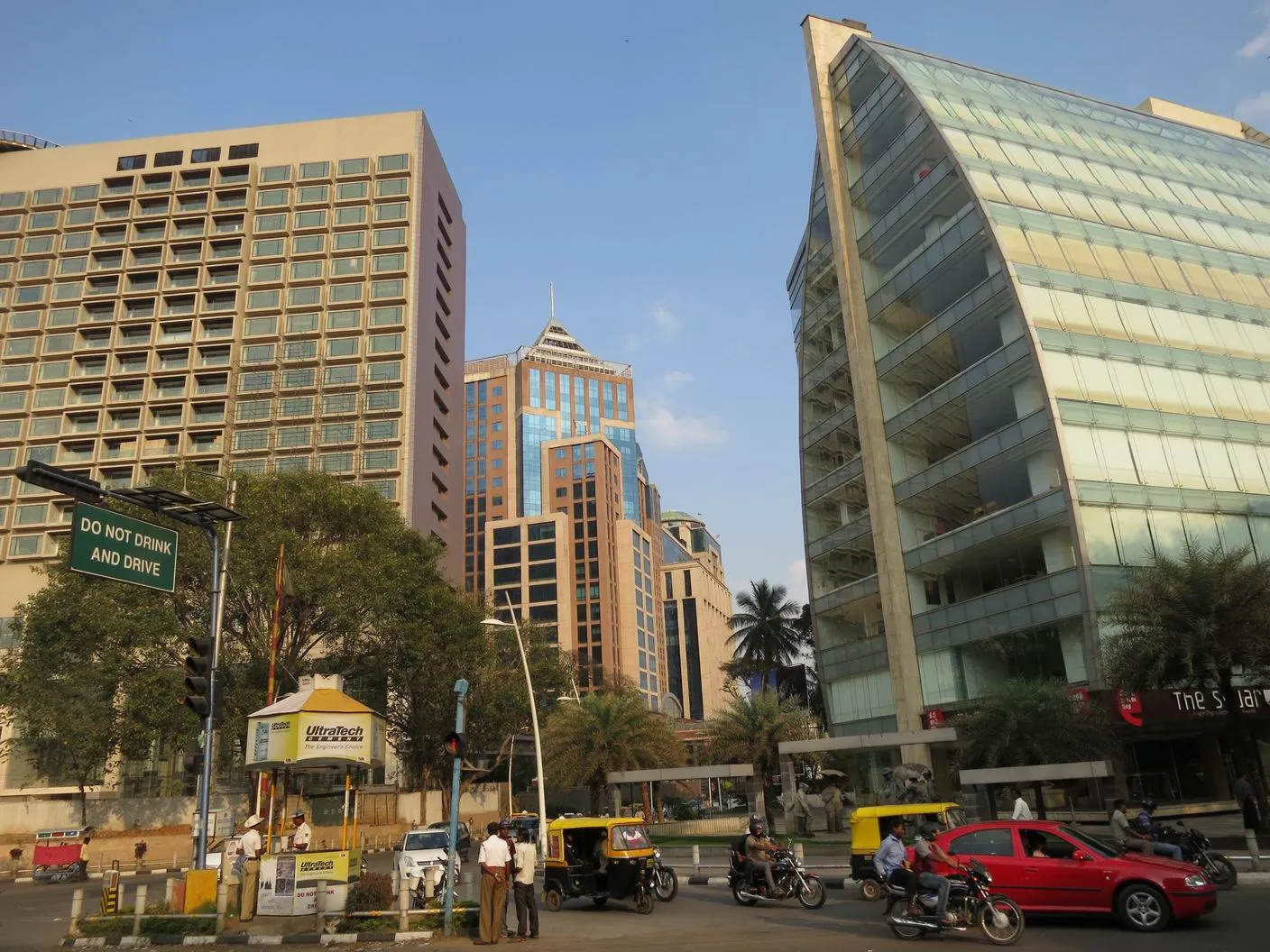
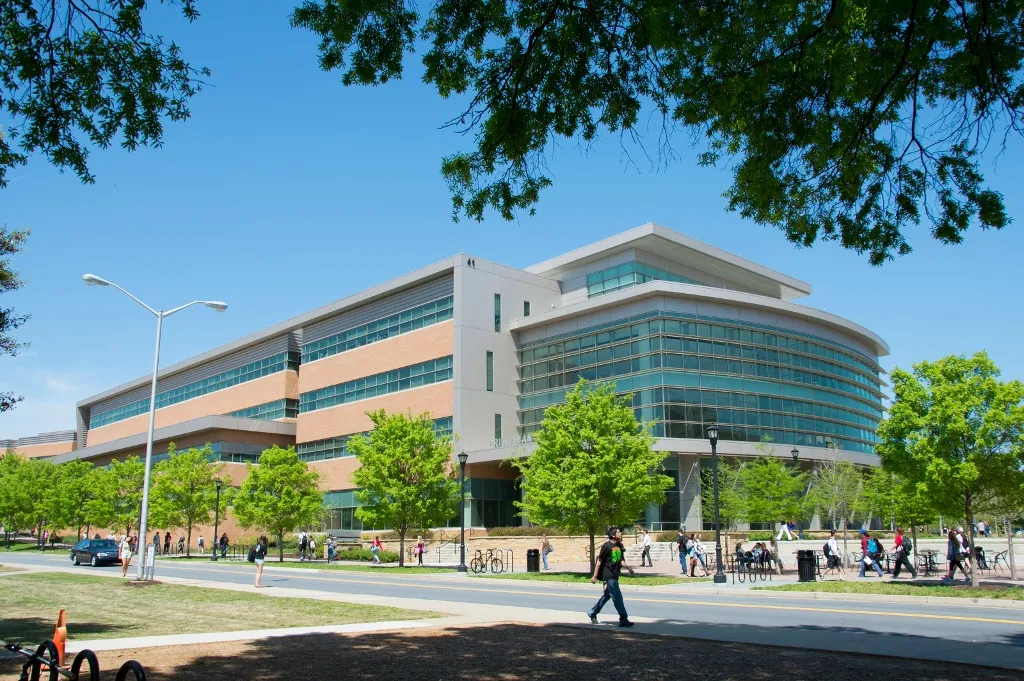



%20(1)-p-3200.jpeg)


.jpg)
.webp)
.webp)
.webp)
.webp)
.webp)

.webp)






.webp)



-min.webp)














